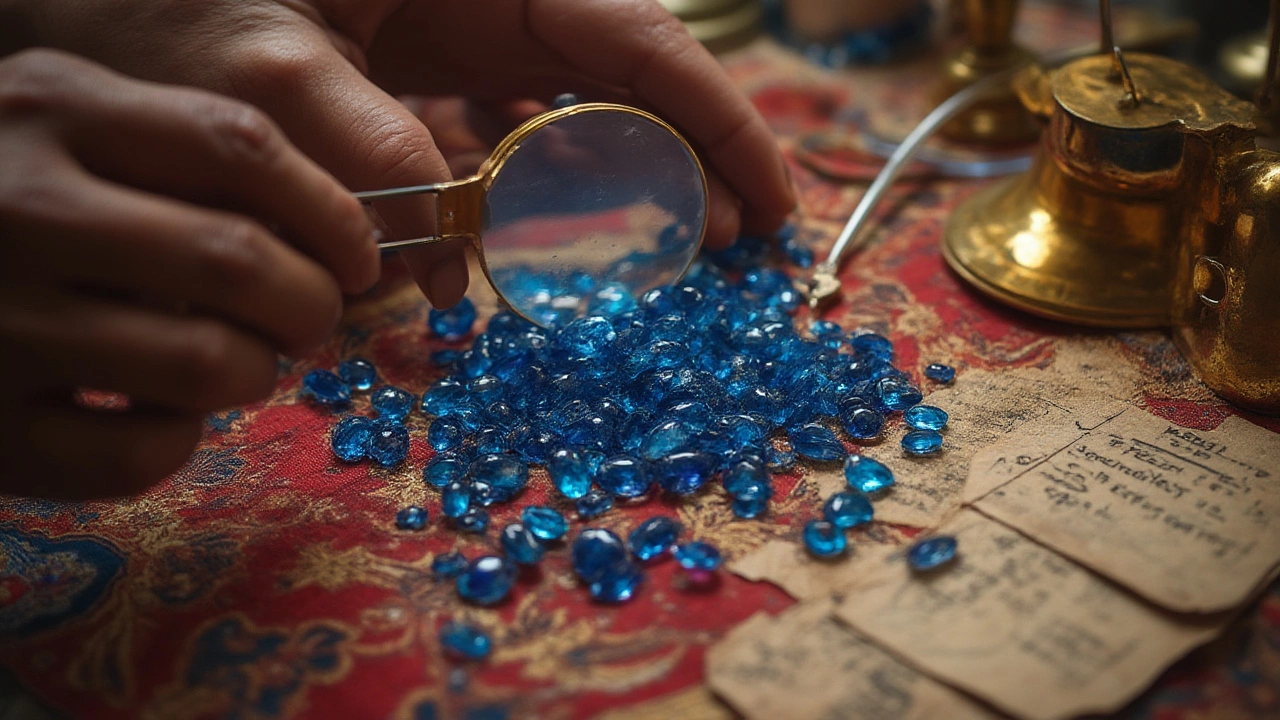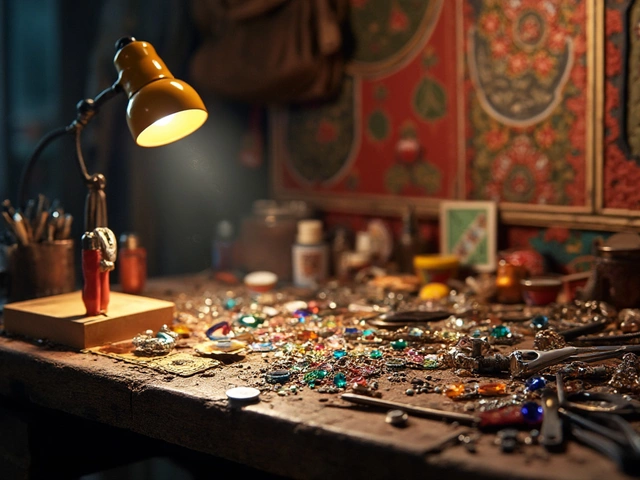India Sapphire Mines: A Quick Guide to the Blue Treasure
If you love sapphire jewelry, you’ve probably wondered where the deep blue stones actually come from. India has a long history of sapphire mining, especially in the states of Karnataka, Tamil Nadu, and Andhra Pradesh. These mines produce a range of colors, but the classic royal blue you see in rings and pendants mostly originates from the famous Kolar and Chitradurga districts.
First, let’s get a feel for the geography. The Kolar Gold Fields, known for gold, also hide sapphire veins in the surrounding hills. The mines there are relatively small and run by local families, so you often hear about them from word‑of‑mouth rather than big headlines. In Tamil Nadu, the Sivaganga region has a few active shafts that yield stones with a slightly lighter hue. Andhra Pradesh’s Khammam district isn’t as famous, but it does produce sapphires with a unique greenish‑blue tint that collectors love.
How Indian Sapphires Are Extracted
Mining in India is mostly done by hand. Workers use pickaxes and simple sieves to break apart the host rock, then wash the material in water troughs. The heavier sapphire crystals settle at the bottom, making it easy to separate them from sand. Because the process is low‑tech, the stones often retain natural inclusions, which can actually add character and help identify Indian origins.
After extraction, the rough stones are sent to small workshops where artisans cut them into popular shapes—round, oval, or cushion. These local cutters are skilled at preserving the stone’s color while maximizing weight. If you’re buying a sapphire, ask if it was cut locally; that’s a good sign you’re getting an authentic Indian gem.
What to Look for When Buying Indian Sapphires
Price matters, but quality is king. Here are three quick checks you can do:
- Color: True Indian sapphires show a rich, even blue without gray or green overtones. The best stones have a deep, saturated hue that looks bright in daylight.
- Clarity: Small inclusions are normal. If the stone appears cloudy or has large cracks, it’s likely lower grade.
- Cut: A good cut showcases the stone’s brilliance. Look for crisp edges and a symmetrical shape.
Another tip: ask for a certificate from a reputable lab like IGI or GIA. While many Indian miners don’t have lab‑issued certificates, a gem‑testing report adds confidence, especially if you’re spending a lot.
Finally, consider the source story. Many buyers love supporting the small families who run the mines. When a seller can tell you the specific district or even the village, you’re getting a piece of history, not just a pretty stone.
In short, Indian sapphire mines may be modest compared to Sri Lanka or Madagascar, but they pack a punch in color and heritage. By knowing the key regions, the hand‑mining process, and the simple buying checks, you can pick a sapphire that shines both in style and story.
Are Indian Sapphires Genuine? Truth About Sapphires from India
Explore if Indian sapphires are real, how to tell they’re authentic, and what makes India’s sapphires different from others. Get expert tips for buyers.





